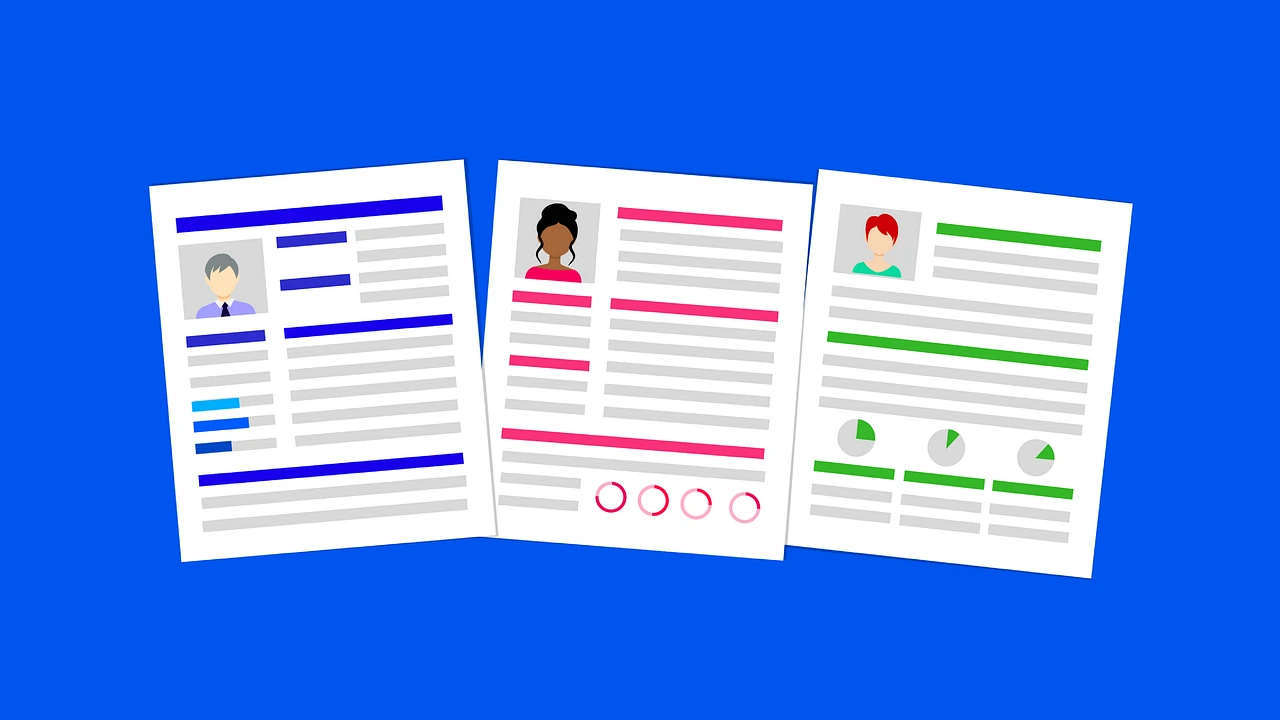A recent research study from our lab shows that physically less attractive job applicants are evaluated negatively and discriminated against in the hiring process. But using photo filters may to some extent level the playing field, by offsetting attractiveness biases at work.
By Merve Kuloglu & Jonas R. Kunst
What is Attractiveness Bias in Hiring?
Attractiveness bias in hiring is a cognitive process that results in evaluating physically less attractive job applicants as less capable in some aspects, including socially and intellectually, and as ineffective and mentally unstable. This bias often results in a reluctance to hire less attractive applicants, offer them lower starting salaries, and may lead to fewer opportunities for career growth and advancement.
Previous evidence shows that this attractiveness bias is prevalent among HR experts and can have negative consequences for some individuals with different characteristics such as age, gender, race, religion, or disability. To overcome this bias, some individuals may attempt to modify their resumes or online profiles by altering their names, backgrounds, ethnicities, or photos.
The Role of Beautifying Photo-filters
Beautifying photo filters are digital tools that modify a person’s appearance in photographs by enhancing certain features or reducing others. This recent feature of technology is used in different platforms for several purposes. According to Renfrew Center Foundation 2014 study report, the majority of the U.S. population tends to edit their photos before sharing them on social media. Therefore, their followers see them in the way that the users want to be seen, namely as more attractive, at least in light of mainstream beauty standards.
Apart from social media users, HR professionals are also exposed to filtered photos when they are searching the applicants through social media or job application websites. In many countries, people are also expected to attach a photo to their job applications. As a result of these potentially edited pictures, the applicants might be assessed propitiously by the recruiter.
Our research explored the impact of beautifying filters on hiring decisions, taking into account attractiveness bias in relation to gender, ethnicity, and job type. This is an important topic, as the use of such filters can create biases in the evaluation of job applicants. Moreover, it is crucial to understand the interplay between factors such as gender, ethnicity, and job type to identify intersecting factors. To do so, we utilized the Stereotype Content Model (described below), which helps us to understand how individuals are perceived based on stereotypes associated with their gender, race, and other characteristics.
Gender, Race, Job Type, and the Stereotype Content Model
Studies demonstrate that bias can be detrimental to female job applicants when applying for roles that are stereotypically associated with the opposite gender. This discrimination occurs because individuals are expected to fit specific perceived gender roles and expectations when being recruited for particular jobs. For instance, leadership positions are often associated with masculine traits, and attractive women may become disadvantaged due to their feminine features. Conversely, roles that do not align with specific gender expectations and stereotypes are perceived to require both masculine and feminine traits, meaning that male applicants are typically less likely to experience discrimination.
Hiring decisions are influenced by race and its intersection with gender and attractiveness, and this situation can be explained by the ‘’Stereotype Content Model.’’ According to this model, people evaluate others by using two fundamental dimensions: warmth and competence. The warmth dimension refers to the judgments of traits such as friendliness, trustworthiness, and empathy. The competence dimension involves traits such as being knowledgeable, an expert, efficient, and skilled.
These dimensions may have a mediating effect in terms of attractiveness bias, gender-job type combination, and the type of job-race combination. Attractive people are often perceived as more warm and competent, regardless of gender. Warmth is typically associated with female characteristics and competence with male characteristics in job contexts. High-status racial groups are often seen as both warm and competent.
All of these factors and others play a significant role in the hiring process and can impact hiring decisions and initial salary offers. Therefore, it is important to examine the effects of these mediators and moderators to better understand the hiring process and the attractiveness bias.

Our Research on Attractiveness Bias
We conducted two experiments on the attractiveness bias during hiring with samples of managers. In the first experiment, we showed a group of managers 24 equally-qualified White applicants for either a female-typed job (social worker) or a male-typed job (computer and information specialist). Half the applicants were women, and the other half were men.
The managers were then asked to indicate how warm and competent the applicants seemed to be and how likely they were to hire them for the jobs. Importantly, for each applicant that the managers saw, the images were either presented in the original format or after a photo filter was applied, which was intended to make the applicant more attractive.
In the second experiment, we added race as a factor to our design to see if the results would be the same or differ when Black versus White applicants were evaluated. As job type had little influence in the first study, we only used one type of job setting in the second study – HR Professional. This profession was chosen because it was considered a job stereotypical for both men and women and was given moderate importance of appearance in a previous study.

Finding 1: Photo Filters Consistently Reduced Discrimination
Our evidence support that photo filters may provide an advantage during the early stage of the hiring process, particularly for individuals who are the possible target of attractiveness bias due to their perceived unattractiveness. By contrast, very attractive people did not benefit from filtered photos.
Finding 2: Male Managers Discriminate the Most and Especially When Applicants are Women
We found that the use of edited photos had a significant impact on the hiring process, but this also depended on the gender of the managers. Specifically, male managers were more likely to hire job applicants whose photos were filtered and beautified, especially when the applicants were women. This opposite gender effect has not been observed among female managers. Possibly, female managers may be more aware of attractiveness biases and purposely try not to display it during the evaluation process.
Finding 3: Black Women Are Stereotyped the Most Based on Their Looks
In the second study, our findings demonstrated that edited photos had a positive impact on hireability for both genders and races, but the effect was most significant for black female applicants and least significant for white female applicants. This result confirms the presence of racist beauty stereotypes that result in discrimination and ultimately fewer job opportunities for black women.
Finding 4: Warm-Competence Perception in Terms of Gender
Our findings revealed the underlying process for our effects. As suggested by the stereotype content model, that photo filters created a perception of increased competence for both genders, but only enhanced warmth perception for male applicants. This could be due to the algorithms used in the filters for women and men, or because women as a default are rated as relatively warmer.

Implications and Possible Drawbacks
Everybody should have equal employment opportunities; however, discrimination in the work setting and hiring process is undeniable. Our findings replicate that physical attractiveness plays a significant role in the hiring process and this might lead to discrimination against certain individuals. Even though there have been several social movements against Western idealized beauty standards over the years, our study suggests that attractiveness bias in hiring still is a problem.
So, can photo filters level the playing field by offsetting some of the attractiveness biases people who are subjectively rated as less attractive experience? According to our results, filtered photos may indeed decrease discrimination at the pre-interview stage. However, potential discrepancies between the edited photo and the real appearance could have unintended negative consequences during the interview. For instance, a large discrepancy may be perceived as a sign of inauthenticity – a trait highly valued, especially by younger generations.
Moreover, our attractiveness bias research suggests that Black women are most discriminated against based on their looks. Training and interventions may counter such biases among HR professionals, promoting knowledge of how attractiveness influences our judgments and minimizing discriminatory practices. Male managers, in particular, are more susceptible to biased evaluations, emphasizing the need for targeted interventions.
Reference to Research Article
Kunst, Jonas R., et al. “Hacking Attractiveness Biases in Hiring? The Role of Beautifying Photo-Filters.” Management Decision : Managing Change in the Workplace, vol. ahead-of-print, no. ahead-of-print, 2022, https://doi.org/10.1108/MD-06-2021-0747.



